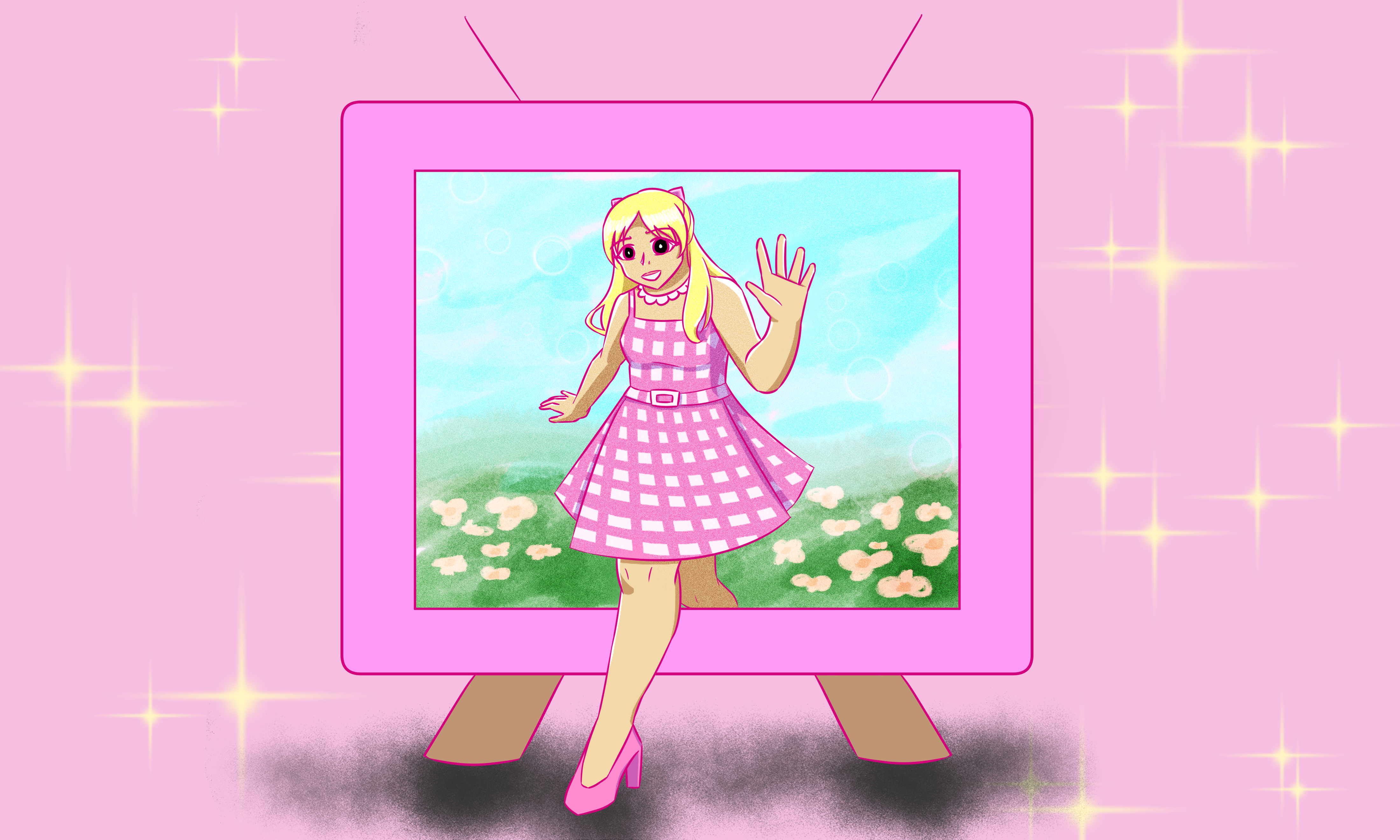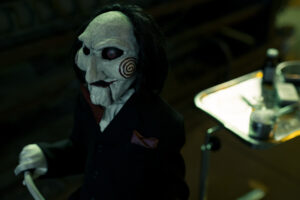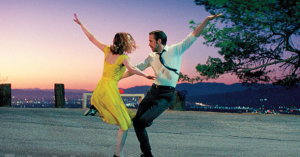On July 21, masses of moviegoers dressed in head-to-toe pink flocked to theaters in a show of solidarity unprecedented in modern cinema. Strangers complimented each other on their inventive outfits in the bathroom and gushed about what they hoped this movie could be. Greta Gerwig’s Barbie (2023) had swept the nation, surpassing the box office sales of all former Warner Brothers movies without signs of slowing.
With an ever-growing catalog of films to choose from, this degree of shared interest seemed like a thing of the past. We no longer watch the same movies or tune in each week for a TV show on cable together. Spoiled by choice, with massive catalogs now available at the tap of a button, streaming allows nearly everyone to burrow into their own niche subgenres of media.
This summer, however, pink has dominated in both the box office and the zeitgeist—so much so that it may have temporarily revived the Anglo-American monoculture, a pop culture marked by homogeneity.
The film’s success began in its press run. Beginning with the interactive “She’s Barbie, he’s just Ken” Instagram posts, Barbie used the existing brand to let the audience customize their own Barbie catchphrases. Then, both the teaser and trailers managed to communicate the energy of the movie without spoiling any plot. Barbie is also uniquely suited to monoculture mania because of its instantly recognizable, immersive world. The film is a masterclass in cohesive art direction and worldbuilding, creating an elaborate, Dreamhouse-inspired world ripe for marketing—with vibrant, glittery costumes and catchy dance numbers.
Barbie follows Margot Robbie’s Barbie and her friends living in Barbieland, a colorful, fantastical matriarchy where the Barbies hold all positions of power and the only men (the Kens) just exist around them. When Barbie begins to malfunction, plagued by thoughts of death and flat feet, she must venture to the real world to fix her life in Barbieland. Appalled, Barbie finds that the real world is nothing like she expected: here, sexism and misogyny dominate.
Barbie returns to Barbieland with human companions Sasha (Ariana Greenblatt) and her mom Gloria (America Ferrera), only to find that Ken (Ryan Gosling) has brought the patriarchy home. The Kens have taken over the Barbies’ jobs and brainwashed them into wearing revealing “maid” costumes and attending to their every need. Barbie, Sasha, and Gloria must break the Barbies out of their trance, reclaim their world, and create an equitable society where both Barbies and Kens feel appreciated.
Defying expectations, Barbie isn’t just a pretty pink playground: the contrast between the paradisiacal Barbieland and the ever-present threat of gender violence in the real world is the movie’s immaculate foundation. One of the most telling scenes is when Barbie is sexually harassed and catcalled for the first time—this moment feels like an awful yet familiar rite of passage. (70 percent of girls experience street harassment by age 13.) Throughout the movie, the commentary is steeped in humor to force the audience to laugh first, then pause to think: why is this funny? Was Barbie wrong for assuming she could roam freely without being harassed? The scene struck a chord with women who recall the moment they had the same revelation: to some, they existed solely as objects of desire.
Barbie also gains insight into the oppressive workings of the patriarchy from the other women in her life. Frustrated by the destructive effect patriarchy has on Barbieland, Gloria delivers a monologue about how exhausting it is to be a woman constantly subjected to contradictory criticism. Women are told they are too fat or thin regardless of appearance, and too vain for caring; too meek if they are quiet, but too loud if they dare to speak their minds.
Critics of this moment have expressed that it is an elementary take on feminism; however, this take is missing context. The speech is not for those of us who have lived experiences existing in a male-dominated world, but for Barbie, a woman just exposed to sexism, misogyny, and more for the very first time. Gloria’s speech is addressed to the younger versions of ourselves who discover the unfair reality of being a woman, femme, or person assigned female at birth. The statement itself might not be revolutionary, but explicit acknowledgment of gender discrimination and harassment on the big screen is rare. Gerwig successfully addresses sexism and feminism in a manner palatable to all ages.
The film also resonated in its representations of the positive (if bittersweet) aspects of girlhood. Towards the end, the film departs from candy-colored Barbieland with a montage of real women in all stages of life set to Billie Eilish’s “What Was I Made For?” Gerwig asked members of the cast and crew to submit videos of the women in their lives, and these clips come together to form a beautiful picture of womanhood. The emotional song—Eilish’s soft vocals contrasted by a swelling orchestra capture the heartwarming yet heartbreaking duality of growing up—is combined with raw videos and images of motherhood, girlhood, and love.
Barbie, of course, has never just been for women, and as such, the movie tackles both the complexities of womanhood and of gender as a whole. Take Allan (Michael Cera), for example: as an outlier in Barbieland, many interpret his character as an allegory for nonbinary representation. While Barbies and Kens form a rudimentary gender binary, Allan is the only one of his kind, and lies outside of this structure. Allan’s willingness to help the Barbies overthrow the patriarchy illustrates the zero-sum game of this oppressive system—a truth that Gosling’s Ken comes to realize. Barbies are forced into submissive roles of service, but Kens are also forced to be tough, cold-hearted cowboys. There is no room outside the binary, creating a dangerously conformist society.
Gerwig and the Barbie team managed to use the doll’s iconic image to communicate a message about the harm of misogyny, gender roles, and patriarchy to a vast audience. Better yet, thanks to the incredible acting, writing, and art direction, the flawlessly executed film remains wildly funny and entertaining without getting bogged down by its serious message. But what helped Barbie the most in breaking into the monoculture? It is universally personal—we are all Barbie, and she is us. And, dare I say, we all look better in pink.





